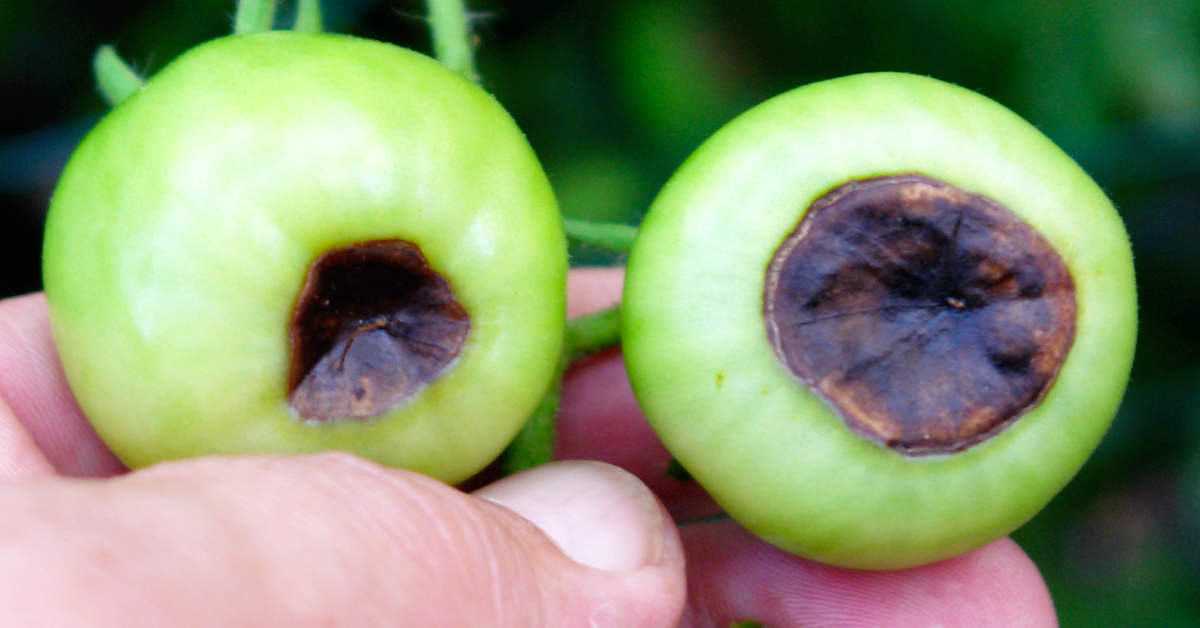Bell Peppers
(or capsicums, paprika, sweet peppers)
January: Do not grow.

February: Start undercover in seed trays.

March: Start undercover in seed trays.

April: Transplant 4-6 week old seedlings.

May: Plant seed directly into garden.

June: Plant seed directly into garden.

July: Do not grow.

August: Do not grow.

September: Do not grow.

October: Do not grow.

November: Do not grow.

December: Do not grow.

Space Plants: 30cm (12") apart.
Harvest In: 10-12 weeks.
Grows Best With: Basil, Onions, Oregano, Scallions, Tomatillos, Tomatoes.
Avoid Growing With: Arugula, Broccoli, Brussels Sprouts, Cabbage, Cauliflower, Collard Greens, Kale.
Planting Bell Peppers
Bell peppers love warm weather, and should be started undercover 8-10 weeks before your last frost date to get a head start on the season. Plant seeds 0.5cm (1/4") deep, and optionally use a heating mat to help seedlings emerge, which may take a few weeks. Bell peppers prefer well-draining soil rich in organic matter, and thrive in full sun.
Growing Bell Peppers
Once the last frost has passed, harden off seedlings by putting them in a safe place outside for two hours, increasing by one hour every day for a week. Once acclimated to the outside conditions, plant each bell pepper seedling at least 30cm (12") apart with 60cm (24") between rows and water in well. Bell peppers may benefit from a support such as a cage or stake, and this should be added at planting time to minimise root damage.
Bell peppers prefer less frequent but deeper watering, as this will encourage a strong root system. If possible, allow the soil to fully dry in between waterings, and mulch around the plants to help with water retention. The plants are also sensitive to temperature changes, and should be shaded if temperatures get too hot during the day, to avoid heat stress.
Once the first flowers appear, fertilise with a high-potassium fertiliser for strong growth. Keep checking for blossom end rot, which looks like a dark bruise on the bottom of affected fruits. Blossom end rot signals that the fruit isn't receiving enough calcium, and is usually caused by inconsistent watering. Remove and destroy damaged fruit, and evaluate your watering schedule.
Harvesting Bell Peppers
Harvest bell peppers once they reach the desired size and colour to encourage more flower and fruit development. Bell peppers can be harvested when immature, but will become sweeter the longer they stay on the plant. Cut the fruit from the plant, leaving roughly 2cm (1") of stem attached. Bell peppers can be stored in the refrigerator in a plastic bag for up to 10 days, or dried to be used as the spice paprika.





Comments
Showing all comments from:
I bought some capsicum seedlings from a nursery but they look to be growing long and thin? Is this still a capsicum or was I accidentally sold a chilli?
Hi Frankie, I believe what you're describing is a banana pepper/capsicum! They're a sweet pepper and should grow the same as your other plants. Stuff them with cheese and bake them for a delicious meal 🤤
Leave a comment